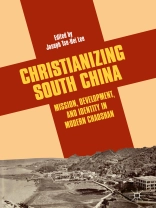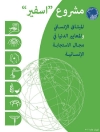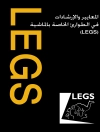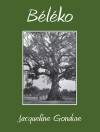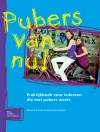Christianity flourishes in areas facing profound dislocations amidst regime change and warfare. This book explains the appeal of Christianity in the Chaozhou-Shantou (Chaoshan) region during a time of transition, from a stage of disintegration in the late imperial era into the cosmopolitan and entrepreneurial area it is today. The authors argue that Christianity played multiple roles in Chaoshan, facilitating mutual accommodations and adaptations among foreign missionaries and native converts. The trajectory of Christianization should be understood as a process of civilizational change that inspired individuals and communities to construct a sacred order capable of empowerment in times of chaos and confusion.
Inhoudsopgave
1. Christianizing Maritime Chaozhou-Shantou.- 2. The First Group of Chaoshan Biblewomen.- 3. The Divergent Careers of Adele Marion Fielde and Catherine Maria Ricketts.- 4. “Spirits That I’ve Cited”: Christian Mission Schools and the Chinese State in Jiaying (1903–11).- 5. Christianity and Needlework Industry in Chaoshan.- 6. Missionaries as Developers: Industry and Real Estate under the American Baptists.- 7. Christian Activism in 1950s Chaoshan and Wenzhou.- 8. Christianity and the Peng Lineage.
Over de auteur
Joseph Tse-Hei Lee is Professor of History and Executive Director of the Confucius Institute at Pace University in New York, USA. His previous works include
The Bible and the Gun: Christianity in South China (2003),
Marginalization in China (2008),
China’s Rise to Power (2012), and
Hong Kong and Bollywood (2016).
